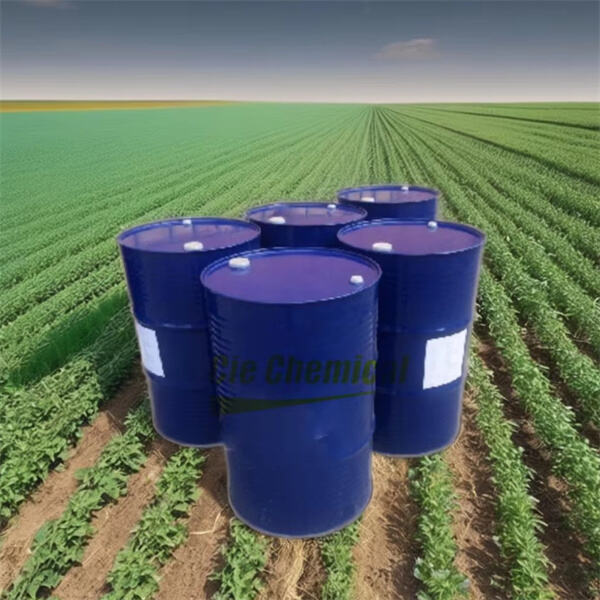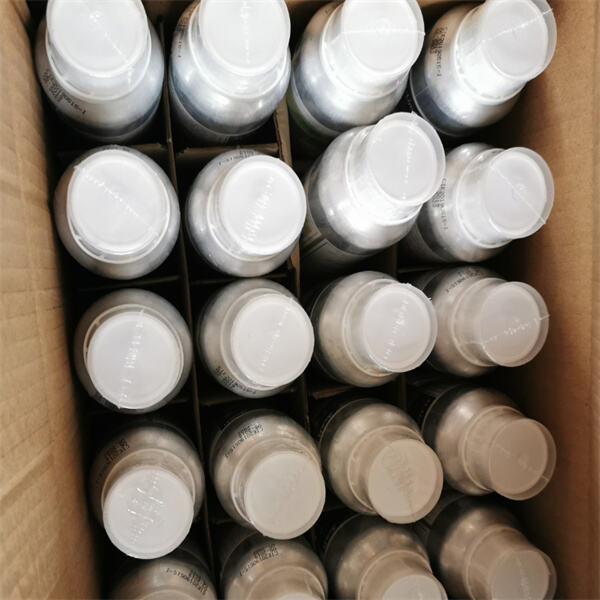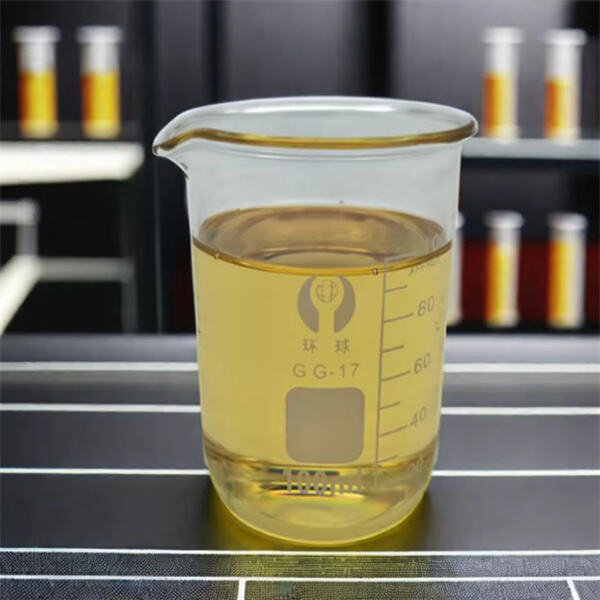Nyadhalio ya Acetochlor ni kisindano cha kifungu ambacho wakulima wanatumia ili kuondoa mbegu inayouzwa katika mashambani yao. Wakulima wanahitaji kutumia hii mwendo unaofaa ili iweze kusaidia mashambani yao badala ya kuharibu mazingira. Hapa ndipo vitu vinavyojulikana kuhusu mafunzi ya acetochlor , na jinsi inaweza kutumika kwa usalama katika uchambuzi wa kula.
AlexaLexeHer ni muundo mfululizo wa uchambuzi wa kula unavyotengenezwa na wakulima kwa sababu inapunguza mbegu. Mbegu ni misasi ambayo yanatandika na matunda kwa maji, nuru, na viondo. Wakulima wanaweza kupanda na kujadili matunda yao kwa kutumia nyadhalio ya acetochlor. Hii inaruhusu wakulima kuchangia zaidi za chakula, inayopitia watu wote duniani.
Wakulima wanapaswa kufuata maelezo makubwa wakati wanatumia mkondo wa uchuzi wa mmea . Wanahitaji kutumia idadi ya sahihi ya chanya kwa wakati wa sahihi. Na kama wanatumi sana, inaweza kuwa mbaya kwa mazingira. Kutumia kidogo sana siwezi kuuza maganda. Kama ilitumikiwa kwa njia sahihi, wakulima waweza kupunguza mbegu yao na kusimamisha mazingira salama.

Kupakia kwa usio na uwezo herbisidi acetochlor inaweza kuhusisha ardhi na maji. Mara nyingine, inaweza kuwasha katika ardhi na kumtengana kwenda maji ya chini na vikoa vya maji. Hii inaweza kugawanya mmea na ndama ambayo wakijikita katika maji. Na hiyo ni sababu wakulima wanapaswa kutumia herbisidi acetochlor kwa upole ili kuhifadhi mazingira.

Wakulima hawapati kufanya kazi kwenye ardhi kwa njia iliyopo sawa na mazingira. Wao wanatumia herbisidi acetochlor kama alama ili kusaidia wao kuruhusu mashambani kwa chini zinukuzwe sana. Hii inasaidia kuhifadhi ardhi kwa afya nzuri na kuhifadhi maji, ambayo ni nzuri kwa uchumi wa kupanda kwa mitaa. Wakulima wanaweza kupigia chakula zaidi za watu wakishughulikia ardhi kwa mwendo wametulia sahihi wa herbisidi acetochlor.

Hata hivyo, herbisidi acetochlor inaweza kuwa na faida kwa wakulima, upole ni muhimu. Wakulima wanapaswa kupeleka makao na maska wakipatia. Pia, wanapaswa kuwa na upole asipate kutumia siku za uzurafu au karibu na maji, kwa sababu inaweza kupendekeza mbali sana. Wakulima wanaweza kuhifadhi usalama wao na mazingira kwa kuitunga na ngazia mambo haya ya usalama.